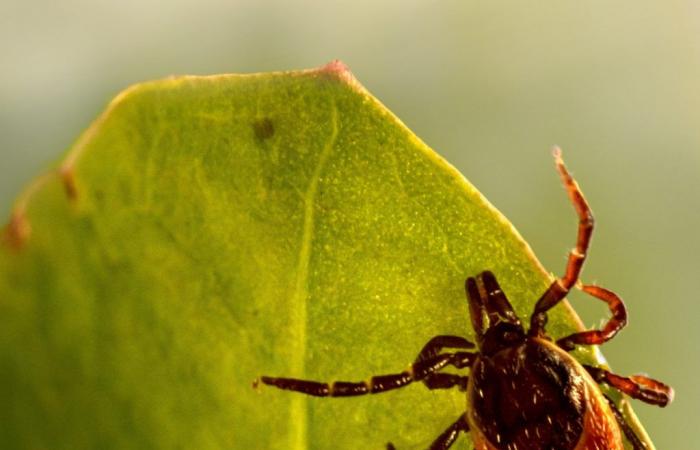Recent detection of Crimean-Congo hemorrhagic fever (CCHF) virus in France raises questions about the threat of this disease transmitted by ticks. The National Public Health Agency already encouraged the French population in May 2024 to take precautions in the spring.
CCHF is a viral infection which affects animals, particularly cattle, and humans. This disease is caused by a virus transmitted primarily by the giant hyalomma marginatum tick and may have mild flu-like symptoms, but can transform into a potentially fatal hemorrhagic form.
According to the World Health Organization (WHO), if the disease worsens, the mortality rate varies from 10% to 40%. The quality of health systems plays a key role in this risk, which changes considerably between developed and developing countries. No particular therapy has yet demonstrated its effectiveness, treatment remains waiting for symptoms to subside.
Detection of the virus in France
The first detection of the virus in France dates back to October 2023 in the Pyrénées-Orientales, then at the beginning of 2024 in Corsica. The presence of the hyalomma marginatum tick, known for its size of approximately one centimeter and its striped legs, has been confirmed for a decade in several departments in the south of France. However, this is the first time that the virus itself is detected on French territory.
Laurence Vial, veterinarian at the National Agency for Research on AIDS and Viral Hepatitis (ANRS), declared at a press conference: “The fact of having detected this virus in ticks in the south of France still suggests a possibility of emergence of this disease in the coming years.
Climate change as a propagation factor
Climate change is partly responsible for the virus spreading to new regions. According to research published in 2023 in the journal Emerging Infectious Diseasesit is evidenced that climate change encourage the proliferation of ticks and, therefore, the proliferation of the virus.
Since many decades, the disease is spreading in Africa, the Middle East and the Balkans. Turkey has been particularly affected on the border between these latter regions, with sometimes a thousand cases per year.
Only one case of CCHF has been reported so far in France, and the patient had contracted it abroad. Since 2016, some human cases have been reported in Spain, suggesting the possibility of human transmission in Europe.
What are the prevention measures?
Several measures are recommended by French health authorities to protect against CCHF, particularly in spring and summer, the period when ticks are most active. Light-colored covering clothing, closed shoes and careful inspection of the body after outdoor outings are recommended. It is also recommended to use repellentsalthough their effectiveness is limited.
Santé Publique France specifies: “The main way to protect yourself against Crimean-Congo hemorrhagic fever is to avoid tick bites by adopting individual protection measures.”
Read more






